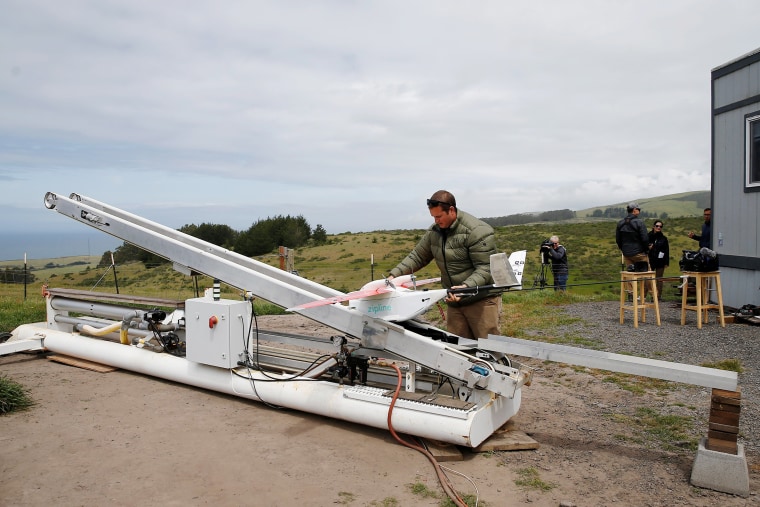International delivery company UPS is backing a start-up using drones in Rwanda to transport life-saving blood supplies and vaccines, underlining the wide potential for the unmanned aircraft and helping bring package delivery by drone to U.S. consumers a step closer.
U.S. companies are keen to use drones to cut delivery times and costs but hurdles range from smoothing communication between the autonomous robots and airplanes in America's crowded airspace to ensuring battery safety and longevity.
As far back as 2013, online retailer Amazon said it was testing delivery using drones and Alphabet Inc's Google has promised such a service by 2017. Leading retailer Walmart is also testing drones.
Read More: First FAA-Approved Drone Delivery Drops Medicine in Virginia
But UPS, Walmart, legal experts and consultants say overcoming U.S. regulatory hurdles and concerns over drone safety will require vast amounts of data from real-time use -- with testing in the near-term limited to remote areas of the United States or in other countries.
UPS will provide a grant of $800,000 plus logistical support through the UPS Foundation to a partnership including Gavi, a group providing vaccines to poor countries, and robotics company Zipline International Inc for drone flights in Rwanda starting in August. The drones will deliver blood and vaccines to half the transfusion centers in the country of 11 million people, making deliveries 20 times faster than by land.
"Tens of thousands of hours of flight logged in an environment where it's much easier" to operate will help make package delivery a reality in the United States, Zipline chief executive Keller Rinaudo told reporters at a presentation late last week.
The Federal Aviation Administration (FAA), which has adopted a step-by-step approach to drones, will soon release finalized rules for small drone use that will most likely limit their use to within the "visual line-of-sight" of an operator or observer.
Read More: Could Drone Delivery Really Take Off? Experts Weigh In
"If you're looking for an economically-efficient way to deliver packages, you'd be better off using a bicycle," said Ryan Calo, an assistant law professor at the University of Washington specializing in robotics.
The hurdles to using drones to deliver packages to consumers include technology, communication, insurance and privacy.
Questions remain about battery life and safety, especially after lithium-ion battery problems resulted in a fire on board a parked Boeing 787 in Boston in 2013.
Safe communication between drones and with airplanes in America's busy airspace is years away. The National Aeronautics and Space Administration has been working on a drone traffic management system and will pass its research to the FAA in 2019 for further testing.
